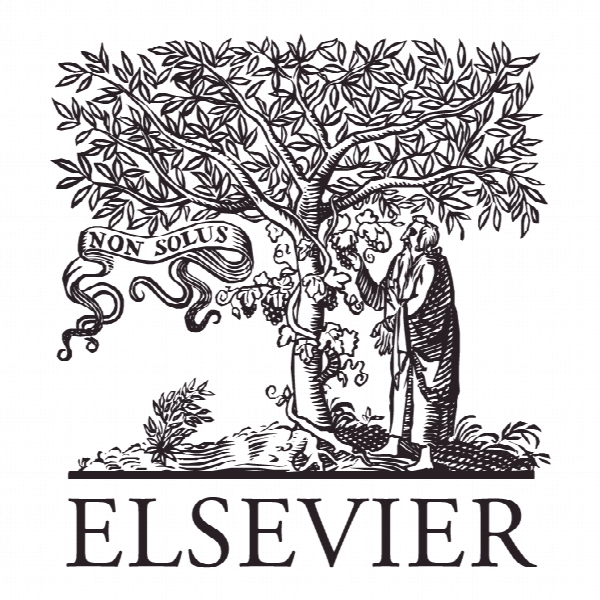نقدشوندگی و هزینه ضمنی سرمایه متعلق به آن Liquidity and the implied cost of equity capital
- نوع فایل : کتاب
- زبان : انگلیسی
- ناشر : Elsevier
- چاپ و سال / کشور: 2018
توضیحات
رشته های مرتبط اقتصاد
گرایش های مرتبط اقتصاد پولی و اقتصاد مالی
مجله بین المللی بازارهای مالی، موسسات و پول – Journal of International Financial Markets
دانشگاه School of Business Administration – American University of Sharjah – UAE
منتشر شده در نشریه الزویر
کلمات کلیدی انگلیسی Cost of equity; Liquidity risk; Dynamic conditional correlation; Financial crisis
گرایش های مرتبط اقتصاد پولی و اقتصاد مالی
مجله بین المللی بازارهای مالی، موسسات و پول – Journal of International Financial Markets
دانشگاه School of Business Administration – American University of Sharjah – UAE
منتشر شده در نشریه الزویر
کلمات کلیدی انگلیسی Cost of equity; Liquidity risk; Dynamic conditional correlation; Financial crisis
Description
1. INTRODUCTION This paper investigates stock liquidity as a determinant of the cost of equity for firms from 52 countries. Liquidity is a complex notion that influences the firm’s cost of equity capital through at least two channels, level and risk (Amihud, 1986; Acharya and Pederson, 2005). Investors care about the level of liquidity because it enables them to trade large quantities at a low cost in a relatively short amount of time. Amihud and Mendelson (1986) were the first to link liquidity level and the firm’s cost of equity by showing that expected returns increase in illiquidity costs. More recent studies however focus on the risk dimension of liquidity and demonstrate that stock liquidity constitutes a source of risk if it dissipates at inopportune times (e.g., Pástor and Stambaugh, 2003; and Sadka, 2006). 1 These studies show that independent of the level of liquidity, liquidity risk is significantly associated with stock expected returns. Although the evidence regarding the relationship between liquidity and stock returns is compelling, no study has investigated the important question of whether liquidity level and risks affect the ex-ante measures of the cost of equity capital. In this paper, we contribute to the literature by examining the relation between the ex-ante cost of equity capital, implied by share prices and analyst forecasts, and the time-varying stock’s liquidity level and risks in a crosscountry setting. We further evaluate the extent to which this relationship is affected by market downturns. We rely on Amihud’s (2002) liquidity measure, , as a proxy for the illiquidity level and supplement it with three time-varying liquidity risks that stem from co-variations between firmlevel illiquidity and returns and market-level illiquidity and returns (e.g., Pástor and Stambaugh 2003; Acharya and Pedersen, 2005; Sadka, 2006). In a unified theoretical model, Acharya and Pederson (2005) develop a theoretical Liquidity Adjusted Capital Asset Pricing Model (LCAPM) and identify three time-varying liquidity co-variance risks that determine expected returns. The authors show that expected returns (i) increase in the co-variances between firm-level illiquidity and market illiquidity, (ii) decrease in the co-variance risk between firm-level returns and market illiquidity, and (iii) also decrease in the co-variance risk between firm-level illiquidity and market returns. In other words, investors require higher expected returns for stocks that become illiquid when the market is illiquid, accept lower expected returns for stocks with high returns when the market is illiquid, and also accept lower expected returns for liquid stocks during market downturns.


